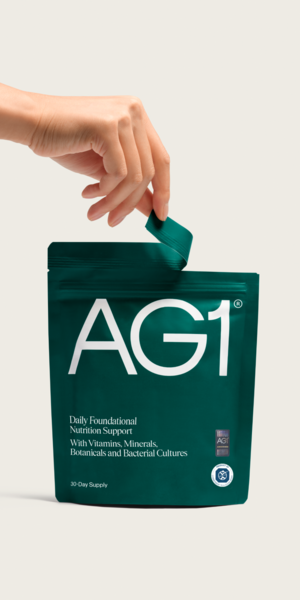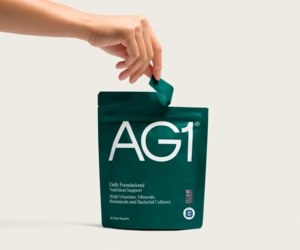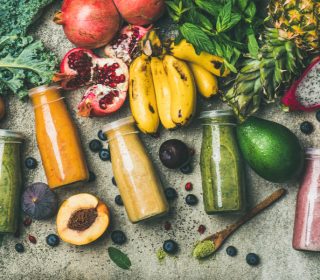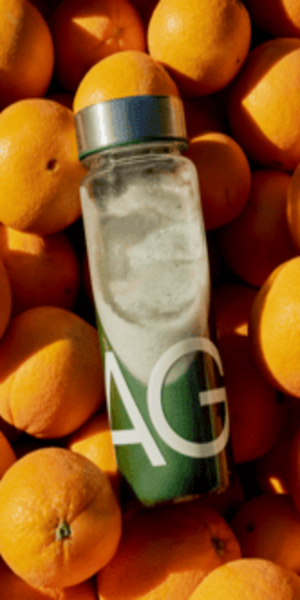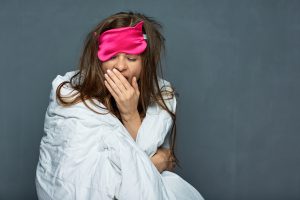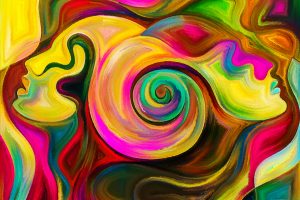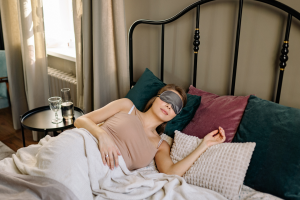A nutritionist’s guide to period hormones
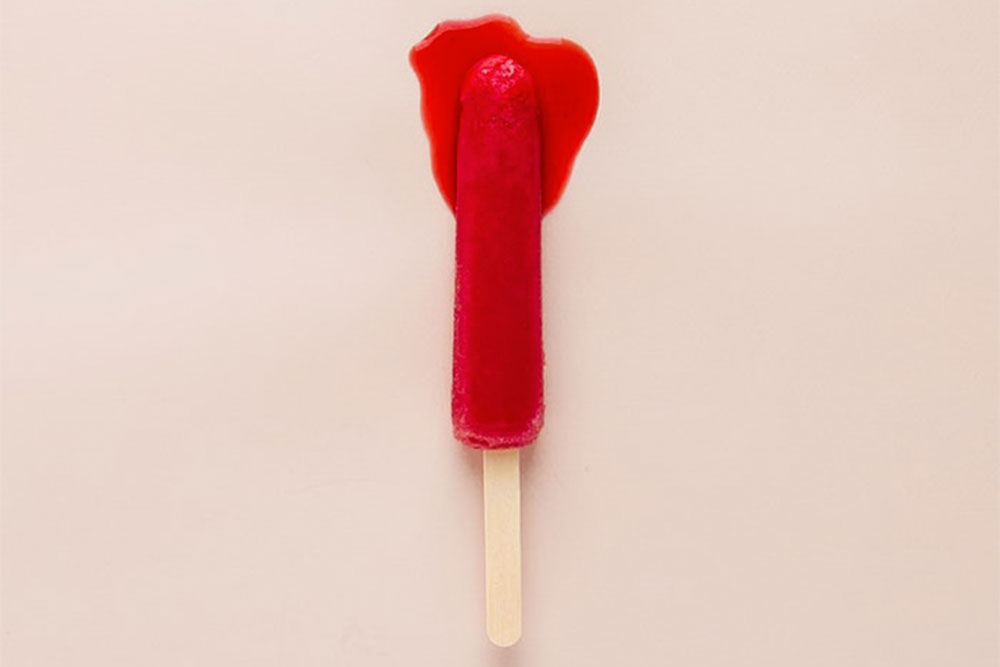
So much more than just waiting to bleed, our monthly cycles can involve everything from PMS and chin spots to bloating, insatiable cravings and mood swings, before an injection of energy when we’re actually ovulating, then a burst of self-confidence and sex hormones before the whole thing starts again.
It’s important to remember everyone’s cycle is different — and they can also be affected by factors, such as stress, diet, illness and medication. For some, it’s always exactly 28 days but, for most of us, it can vary massively.
Here’s what’s going on at every stage in your cycle (meaning: the duration of time from one period to the next), dictated by your hormones:
DAYS 1-5
WHERE ARE WE AT? The first day of a period marks the beginning of the cycle, which can be indicated with pain, discomfort and cramping, along with the bleeding, which is our bodies shedding of the uterine lining when fertilisation hasn’t happened.
WHAT’S GOING IN THE BODY? Levels of oestrogen and progesterone — the two main sex hormones which work to prime the uterine lining — are lowered and, at the same time, the pituitary glands and ovaries are getting ready to rebuild the lining. This is the start of the follicular phase of the cycle and is triggered by the pituitary gland, which releases FSH (follicle-stimulating hormone) which indicates to the follicles on our ovaries to start maturing eggs, ready for fertilisation. As the cycle continues, oestrogen levels will begin to rise again, helping to make that uterine lining thicker.
WHAT ARE YOU LIKELY TO NOTICE? You may notice energy levels start to increase. Though one thing to bear in mind is, if you are taking the birth control pill, it can disrupt this natural process and you will experience things differently.
(If you experience debilitating pain, it’s advisable to chat with a GP as it may be a symptom of an underlying problem, such as PCOS, Endometriosis or fibroids. You may also suffer from back pain and breast tenderness.)
DAYS 5-14
WHERE ARE WE AT? Your period should be at an end, but your cycle is still in full swing.
WHAT’S GOING IN THE BODY? Only one follicle will keep on growing and maturing, while the others are reabsorbed by the ovaries. Around this time, oestrogen levels will peak, telling the pituitary glands to release the luteinising hormone (LH). This tells the follicle to release an egg, so it can meet a sperm and become fertilised. It is during this time women are at their most fertile; the three days leading up to ovulation and the day an egg is released. Ovulation occurs on day 14 of a 28-day cycle.
WHAT ARE YOU LIKELY TO NOTICE? You may start to see clear discharge in your knickers at this stage of your cycle, which helps the sperm to reach your eggs.
Unless you’re on birth control, testosterone levels also start to rise, which helps to boost libido, which is one of the body’s clever ways of helping us get pregnant. You may also notice your energy levels tend to be higher, you feel more productive and your skin may even look healthier. Again, this is nature’s way of helping us to attract a mate.
On the day of ovulation, the follicle will finally release your egg and then shrink back into the corpus luteum where it starts to produce progesterone. Some women may experience a sudden pain or light cramping on one side of the lower abdomen and even experience light spotting.
DAYS 15-24
WHERE ARE WE AT? Progesterone levels continue to rise, ready to help with any potential pregnancies which can occur if a sperm makes it to the fallopian tubes. If this happens, the fertilised egg travels to the uterine lining and implants. If it doesn’t, a pregnancy isn’t possible and the egg will travel towards the uterus to break down.
DAYS 24-28
WHERE ARE WE AT? As the hormone levels start to drop, if the egg doesn’t fertilise, some women will see the return of the dreaded PMS symptoms.
WHAT’S GOING IN THE BODY? As the unfertilised egg breaks down, the levels of progesterone and oestrogen start to fall. This may cause a whole spectrum of symptoms, including irritability, anxiety, depression, moodiness and tiredness, as well as bloating, discomfort or tender, swollen breasts.
There are things to do that can help swing improve the downsides of PMS symptoms, such as avoid foods high in refined sugars and carbs, whereas diets rich in nutrients and unprocessed foods can make them better.
To help balance the hormones and make your monthly cycle less of a rollercoaster, it’s important to follow Angelique’s Six Pillars of Hormonal Health:
1. NOURISH
Functioning hormones need a steady stream of nutrients to work efficiently so cut out the junk and embrace whole foods. Think whole grains, good fats, rainbows of fruit and veg, lean protein and plenty of detox warriors, such as leafy greens.
2. BALANCE
Happy hormones need balanced blood sugars, so it’s important to eliminate sugar from the diet wherever you can — both refined or unrefined. Avoid anything white and fluffy, such as pastries and cakes, eat regularly, which means always eating breakfast, and add good quality protein and healthy fats to each meal.
3. NURTURE
Stress overrides any other message in the body so we need to give the adrenals and thyroid some TLC for balanced hormones. To help nurture and ease it, try meditation or gentle yoga each day.
4. CLEANSE
Give your body a helping hand and flush out toxins by boosting your intake of detoxifying leafy greens and avoiding toxic products in your home.
5. MOVE
Aim to get moving, every single day. It doesn’t have to be big, aim to walk to work or stroll around the park on your lunch break with a friend.
6. RESTORE
Look after yourself (and your hormones) and schedule in some “me time” every single day, which could mean prioritising sleep, having a bath, taking a yoga class or simply reading your favourite book or magazine. Remember: it’s a necessity, not a luxury!
If you do all of these things, on a consistent basis, that monthly rollercoaster will be far less bumpy and you might even not have to ride it at all! Read in more detail about how to ease those monthly trials and tribs in Angelique’s book, The Balance Plan or visit her clinic.



